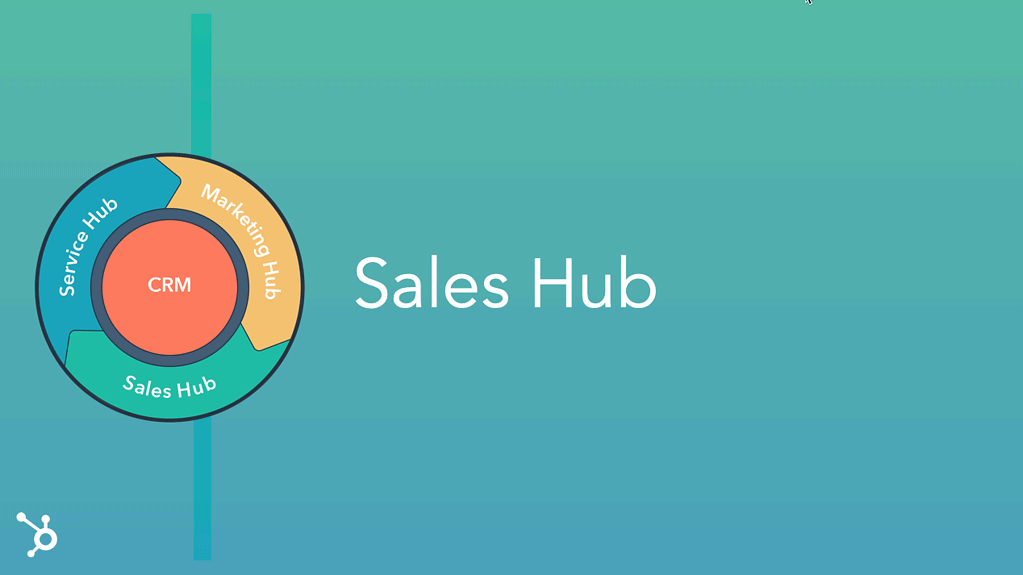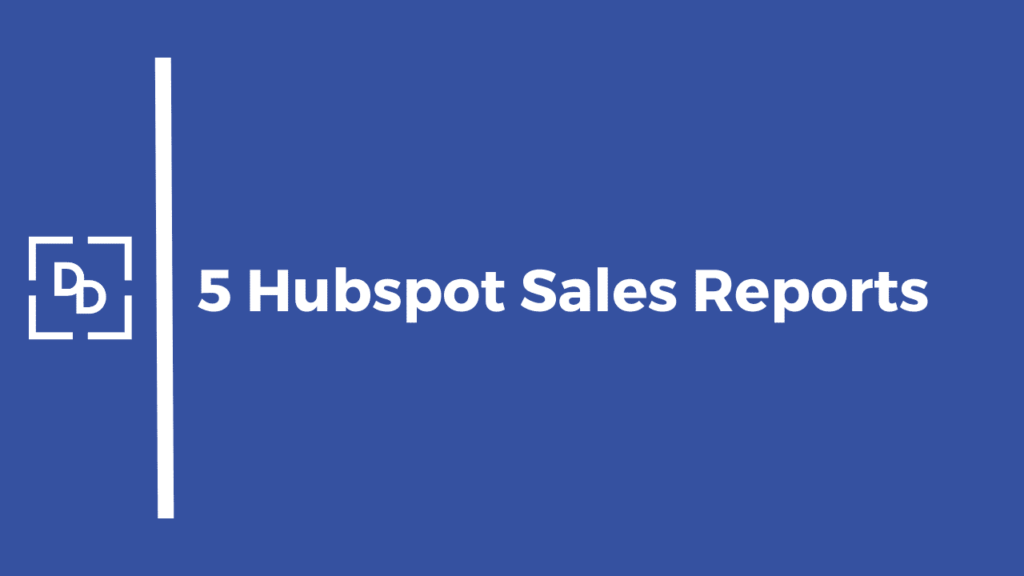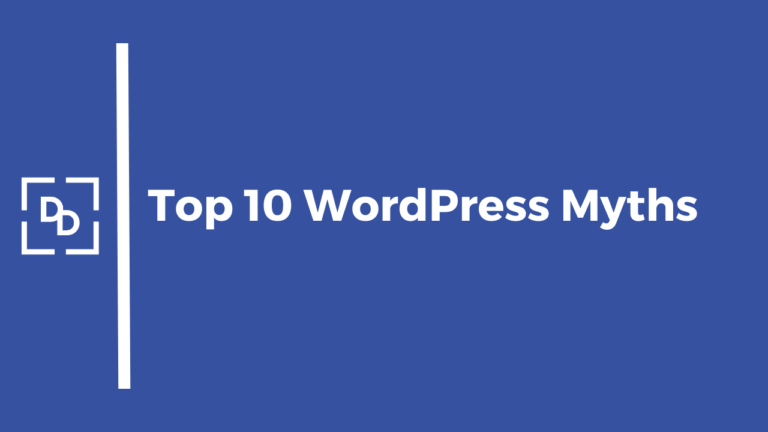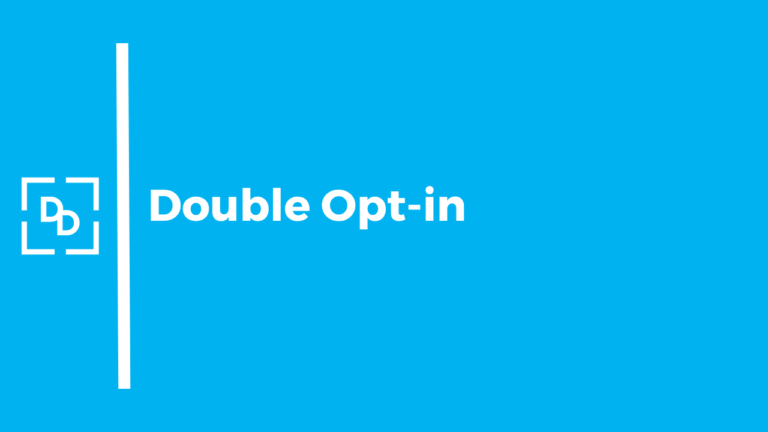5 Key Reports That You Should Create In Hubspot Sales Hub
As a sales leader, having access to accurate and insightful data is crucial for making informed decisions and driving your team toward success. With HubSpot CRM, you have the power to leverage various reports and analytics to gain valuable insights into your sales performance.
Furthermore, HubSpot CRM provides insightful analytics and reporting capabilities that allow sales leaders to gain valuable insights into team performance, identify areas for improvement, track key metrics such as conversion rates and deal closures, and make data-driven decisions to optimize sales strategies.
In this blog post, we will discuss the 5 key reports that every sales leader should implement in HubSpot CRM to optimize their team’s productivity and drive revenue growth.
What is Hubspot
Before diving into the specific sales reports, let’s first understand what HubSpot CRM is and how it can benefit sales leaders in the digital marketing and technology industry. HubSpot CRM is a user-friendly platform that allows businesses to manage their sales, marketing, and customer service activities in one centralized location.
With HubSpot CRM, sales leaders can easily track their sales data, manage their sales funnel, and maintain strong relationships with their customers. It provides a seamless user experience, allowing sales teams to efficiently manage their leads, track interactions, and close deals more effectively.
Stay updated with all our blogs on Hubspot – covering all the Hubs
Benefits of Hubspot for Sales Teams
Implementing HubSpot CRM offers numerous benefits for sales leaders in various industries. Let’s explore some key advantages:
- Streamlined Sales Operations: HubSpot CRM allows sales leaders to centralize their sales data, making it easy to track all activities and progress. With a comprehensive view of the sales funnel, sales leaders can identify bottlenecks and optimize the sales process for higher conversion rates.
- Increased Sales Visibility: HubSpot CRM provides real-time data and analytics, giving sales leaders a clear understanding of their team’s performance. By tracking sales activities, progress, and trends, sales leaders can make data-driven decisions to improve overall sales performance.
- Effective Relationship Management: HubSpot CRM enables sales leaders to build and maintain strong relationships with customers. With detailed contact and interaction information readily available, sales teams can personalize their communication, leading to stronger connections and increased customer satisfaction.
- Strategic Planning: HubSpot CRM offers advanced reporting features, allowing sales leaders to analyze sales data and market trends. Armed with these insights, sales leaders can develop effective sales strategies, set realistic sales targets, and identify new revenue opportunities.
- Progress Tracking: With HubSpot CRM, sales leaders can easily track individual and team progress. By monitoring sales activities, sales leaders can identify areas for improvement, recognize top-performing sales representatives, and implement targeted strategies for sales growth.

What are the key Sales Reports to implement?
Now that we have a strong understanding of HubSpot CRM and its reporting features, let’s explore the key sales reports that sales leaders should implement to optimize their sales strategies. These reports focus on sales performance, productivity, and deal forecasting, providing sales leaders with the necessary data to make informed decisions and drive sales growth.
1. Deal Forecast Report
One essential sales report that sales leaders should implement is the Deal Forecast Report. This report plays a crucial role in predicting future sales accurately, allowing sales teams to plan resources accordingly and set realistic sales targets. Here are some key points to consider when utilizing the Deal Forecast Report:
- Sales Funnel Analysis: The Deal Forecast Report provides insights into the sales funnel, helping sales leaders understand the different stages of the sales process. By analyzing the data, sales leaders can identify potential bottlenecks or gaps, optimize the sales funnel, and ensure a smooth flow of leads through the sales pipeline.
- Financial Data Analysis: The Deal Forecast Report allows sales leaders to analyze financial data, such as deal values, revenue projections, and sales trends. This analysis helps sales leaders make data-driven decisions regarding resource allocation, budgeting, and overall sales strategy.
- Target Audience Identification: The Deal Forecast Report aids sales leaders in identifying potential customers and target audience segments for specific deals. By understanding the characteristics and preferences of their target audience, sales teams can personalize their sales approach, tailor their messaging, and increase the chances of closing deals successfully.
- Strategic Decision-Making: Armed with accurate deal forecasts, sales leaders can make strategic decisions regarding sales strategies, resource allocation, and market expansion. Data-driven decision-making ensures that sales leaders can maximize revenue potential, capitalize on growth opportunities, and stay ahead of the competition.
- Goal Setting: The Deal Forecast Report assists sales leaders in setting realistic sales goals and targets for their team. By analyzing the data, sales leaders can determine achievable targets, motivate their sales representatives, and foster healthy competition within the team.
2. Productivity Report
The Productivity Report is another essential sales report that sales leaders should implement within HubSpot CRM. This report focuses on measuring sales team efficiency and helps sales leaders identify bottlenecks, optimize workflows, and enhance overall sales team performance. Here are some key points to consider when utilizing the Productivity Report:
- Measuring User Experience: The Productivity Report provides insights into the user experience of sales representatives, such as time spent on various tasks, user activity, and engagement levels. By analyzing this data, sales leaders can identify potential areas for improvement, address user experience issues, and streamline sales processes for enhanced productivity.
- Tracking Website Traffic and Engagement: The Productivity Report allows sales leaders to track website traffic, user behavior, and engagement levels. By analyzing website data, sales leaders can identify high-performing marketing strategies, monitor the effectiveness of lead generation efforts, and make data-driven decisions to improve website content and user experience.
- Managing Social Media Activities: With social media playing a significant role in sales and marketing, the Productivity Report provides insights into social media management activities. Sales leaders can track social media engagement, post performance, and audience interaction, helping them evaluate the effectiveness of their social media strategies, refine their approach, and maximize brand awareness and lead generation.
- Optimizing Workflows: The Productivity Report helps sales leaders identify potential bottlenecks or inefficiencies in the sales process by tracking sales representative activities and task completion rates. By analyzing this data, sales leaders can optimize workflows, allocate resources effectively, and ensure that sales representatives are focused on high-value tasks, ultimately enhancing productivity and sales results.
- Enhancing Overall Sales Team Performance: The Productivity Report enables sales leaders to identify top-performing sales representatives, track their activities, and benchmark their performance against team averages. By identifying high performers, sales leaders can learn from their strategies, share best practices, and foster a culture of continuous improvement within the sales team, leading to enhanced overall sales team performance.
If you are looking for an Agency to handle your Hubspot requirements, fill in your form below and we’ll reach out to you
3. Goals Reports
The HubSpot Goals feature in Sales Hub and CRM is a powerful tool that helps businesses set, track, and achieve their sales objectives effectively. Here are some key features of the HubSpot Goals feature:
- Goal Setting: Easily set specific, measurable, achievable, relevant, and time-bound goals for your sales team.
- Progress Tracking: Monitor the progress towards your goals in real-time with visual dashboards and reports.
- Goal Alignment: Align individual and team goals with broader business objectives to ensure everyone is working towards the same targets.
- Performance Insights: Gain valuable insights into performance trends to identify areas for improvement and optimization.
- Accountability: Hold team members accountable by tracking their contributions towards achieving shared goals.
By leveraging the HubSpot Goals feature, businesses can streamline their sales processes, boost productivity, and drive better results.
4. Pipeline Performance
The HubSpot Pipeline Performance feature in Sales Hub & CRM is a powerful tool designed to help sales teams track and manage their deals effectively. Below are some key features of this feature in bullet points:
- Visualize Your Sales Pipeline: Gain a clear visual representation of your sales pipeline, including the number of deals at each stage.
- Track Deal Progress: Monitor the progress of each deal as it moves through the pipeline, helping you identify bottlenecks and areas for improvement.
- Forecast Accuracy: Use historical data and deal insights to make accurate sales forecasts and projections.
- Customize Pipeline Stages: Tailor your pipeline stages to match your unique sales process, ensuring alignment with your team’s workflow.
- Analyze Performance Metrics: Access detailed analytics on deal velocity, win rates, and other key performance indicators to optimize your sales strategy.
Overall, the HubSpot Pipeline Performance feature is a valuable tool for businesses looking to streamline their sales processes and drive better results.
Explore our curated YouTube playlist on HubSpot for a journey through insightful tips, tutorials, and the latest features
5. Activity Tracking
HubSpot’s Activity Tracking feature allows sales reps to monitor and track interactions with leads and customers effectively. This feature provides valuable insights into customer engagement, helping sales teams make informed decisions to drive conversions. Below are the key features of HubSpot’s Activity Tracking:
- Real-time visibility: Users can track email opens, clicks, website visits, and other activities in real-time.
- Engagement insights: Gain a deeper understanding of how leads interact with your content and identify the most engaged prospects.
- Customizable notifications: Set up alerts for specific activities or important events to stay on top of key interactions.
- Contact timeline: View a chronological timeline of all interactions with a contact for better context and personalized communication.
- Reporting and analytics: Access detailed reports on activity trends, engagement metrics, and performance data to optimize sales strategies.
Overall, HubSpot’s Activity Tracking feature empowers sales teams to improve their follow-up strategies, prioritize leads effectively, and ultimately drive more successful outcomes.
Subscribe to our Newsletter to stay updated on all news related to this topic. If you have any questions, email us at mail@digital-doorway.com
Need Help?
Interested in scaling your business or get started in Digital Marketing?






